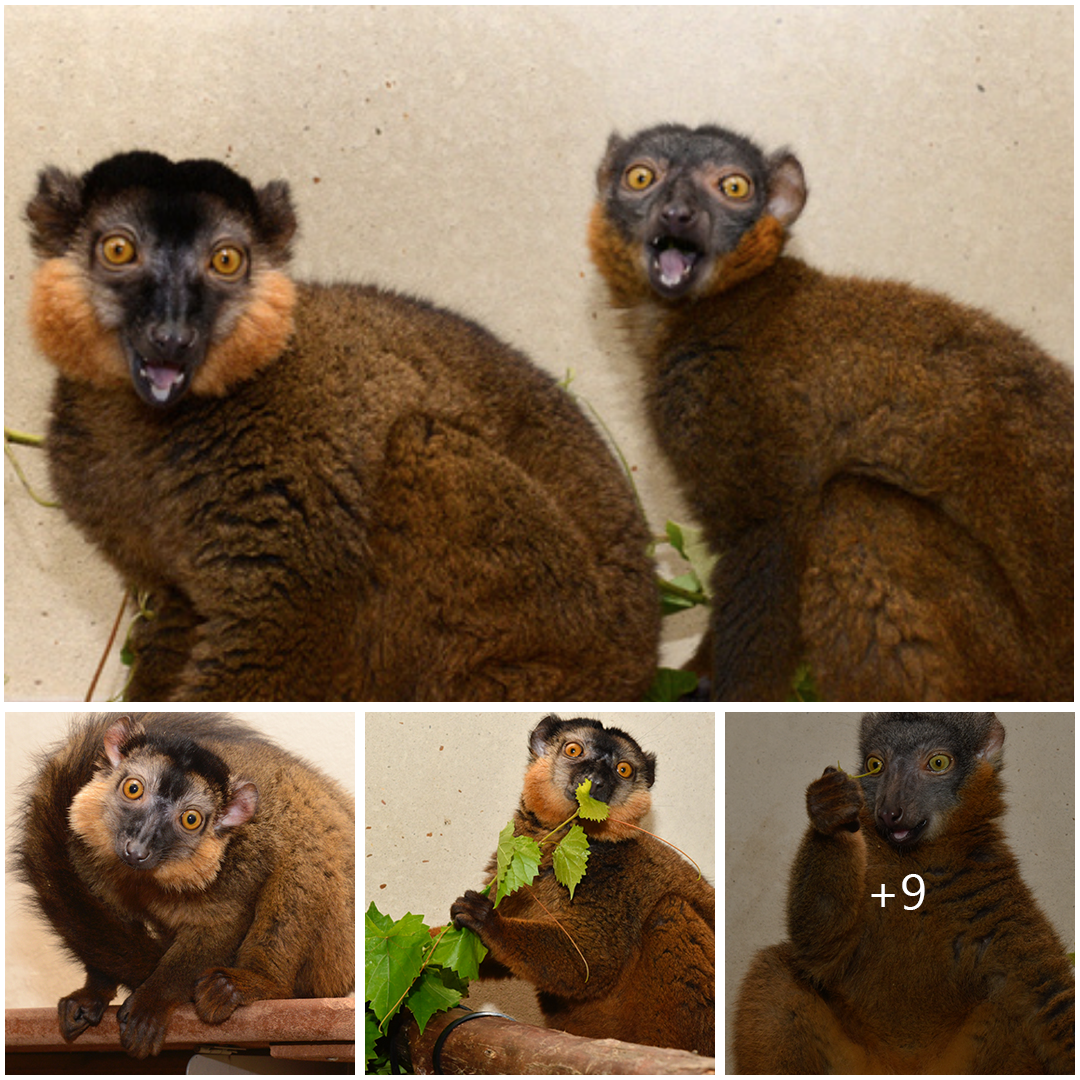
Discovering the Charms of the Collared Brown Lemur: Secrets of Madagascar’s Endemic Primate
Madagascar, the world’s fourth largest island, is renowned for its unique biodiversity, boasting an array of species found nowhere else on Earth. Among these fascinating creatures is the Collared Brown Lemur (Eulemur collaris), a captivating primate species that inhabits the lush forests of this island nation. In this article, we delve into the enchanting world of the Collared Brown Lemur, exploring its characteristics, habitat, behavior, and conservation status.
Characteristics and Appearance
The Collared Brown Lemur is a medium-sized lemur with a distinctive appearance. As its name suggests, it sports a prominent collar of fur around its neck, which gives it a distinguished look. Its fur varies in shades of brown, ranging from dark chocolate to reddish-brown, with lighter underparts. The eyes of the Collared Brown Lemur are large and expressive, adding to its charm.
Habitat and Distribution
This species is endemic to Madagascar, meaning it is found nowhere else in the world. It primarily inhabits the eastern rainforests of the island, where it can be spotted moving gracefully through the dense foliage. These lemurs are arboreal, spending much of their time in the trees, where they forage for food and seek refuge from predators.
Behavior and Social Structure
Collared Brown Lemurs are social animals, typically living in groups known as troops. These troops are led by dominant females, who play a central role in maintaining social cohesion and organization. Within the troop, individuals communicate through a variety of vocalizations, including calls, grunts, and chirps. They also use scent marking to establish territories and communicate with other groups.
Diet and Feeding Habits
The diet of the Collared Brown Lemur consists mainly of fruits, leaves, flowers, and occasionally insects. They are important seed dispersers in their ecosystem, helping to maintain the health and diversity of the forests. Like many lemur species, they have specialized adaptations for feeding, including sharp teeth and a complex stomach to digest plant material efficiently.
Conservation Status
Despite their unique characteristics and ecological importance, Collared Brown Lemurs face numerous threats to their survival. Habitat loss and fragmentation due to deforestation are among the most significant challenges they encounter. Additionally, they are hunted for bushmeat in some parts of Madagascar, further contributing to population declines.
Conservation efforts aimed at protecting the remaining forests of Madagascar and implementing sustainable land management practices are crucial for the long-term survival of the Collared Brown Lemur and other endemic species. By raising awareness and supporting conservation initiatives, we can ensure that these charming primates continue to thrive in their natural habitat for generations to come.





